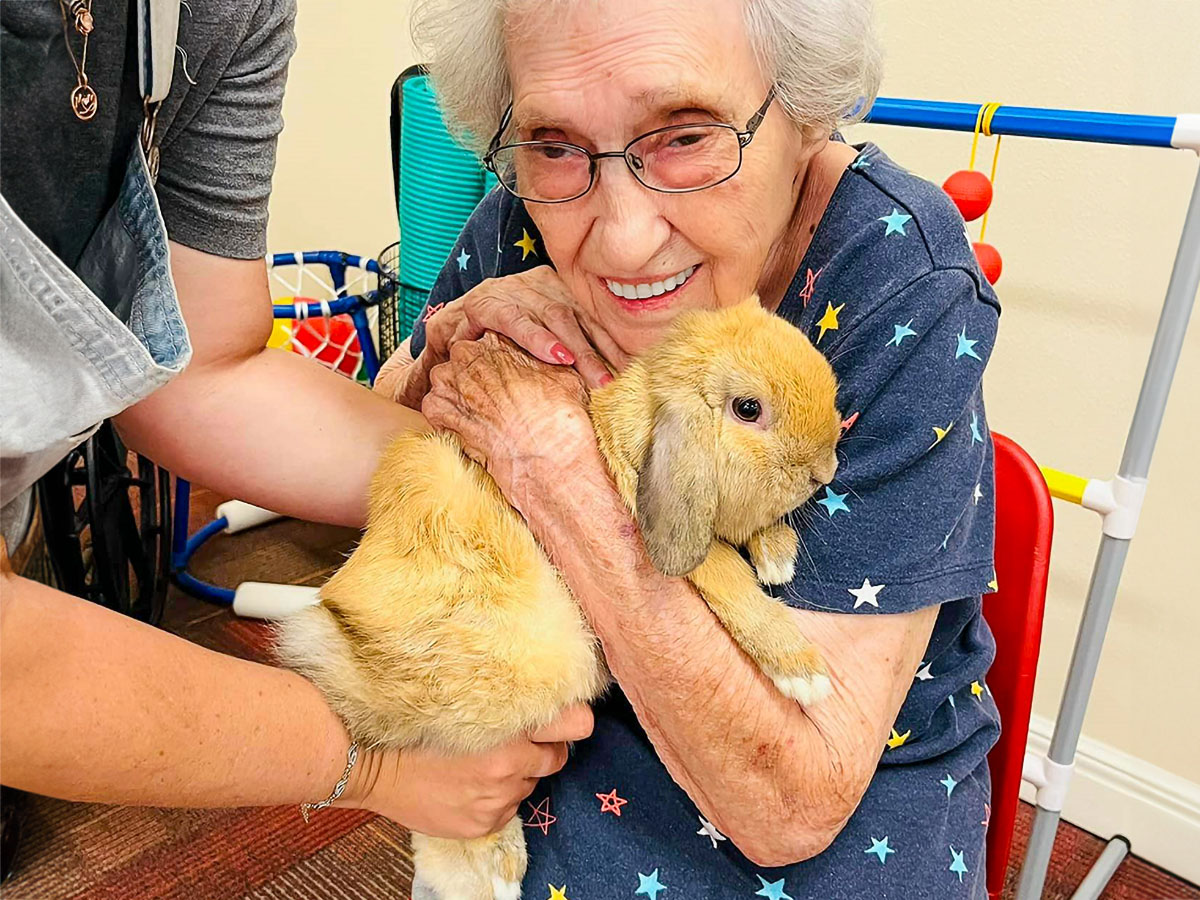
February 23, 2024
As the global population ages, it will bring both opportunities and challenges for senior living. The projected number of Americans aged 65 and older is expected to double from 46 million to over 98 million by 2060. It will be the first time in history the number of older adults outnumbers children under age five. In addition, older adults will live longer than ever before. One out of every four 65-year-olds today will live past age 90. These remarkable gains are due to improved public health, better nutrition, and better healthcare.
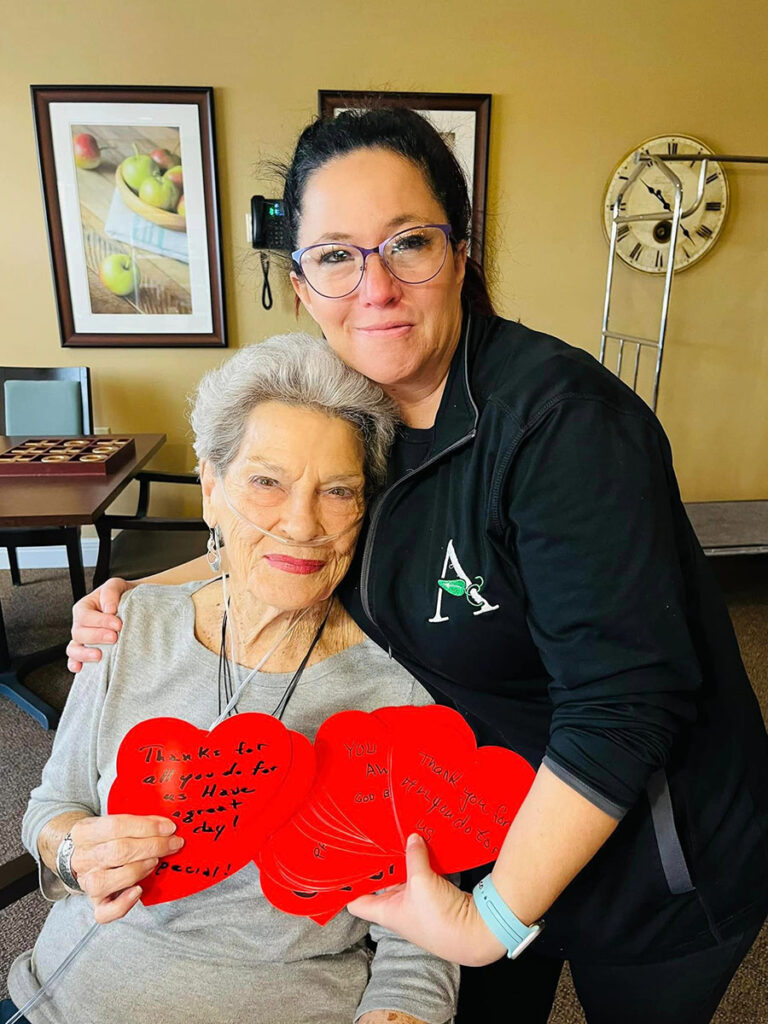
With many people now expected to live into their nineties or beyond, there will be many new challenges and questions to answer. Even though people are living longer, they are not necessarily living healthier. The nature of the assisted living prospect has changed dramatically over the past 15 years, with even greater changes to come. The senior living industry, including The Castlewood Senior Living, will need to consider ways to adapt to residents with more complex and extended chronic care needs.
Some ways to adapt to residents with more complex needs include additional staff training. Not only will staff need the skills to care for residents progressing in their disease processes, but they will also need to understand how to quickly identify changes in their condition. Being proactive in this effort will allow teams to provide the care the residents need precisely when they need it.
Third-party vendors will be crucial to helping our assisted living staff be proactive.
The following will be crucial for caring for a resident population:
These vendors provide resident-specific care needed to help older adults continue to thrive in the assisted living environment.
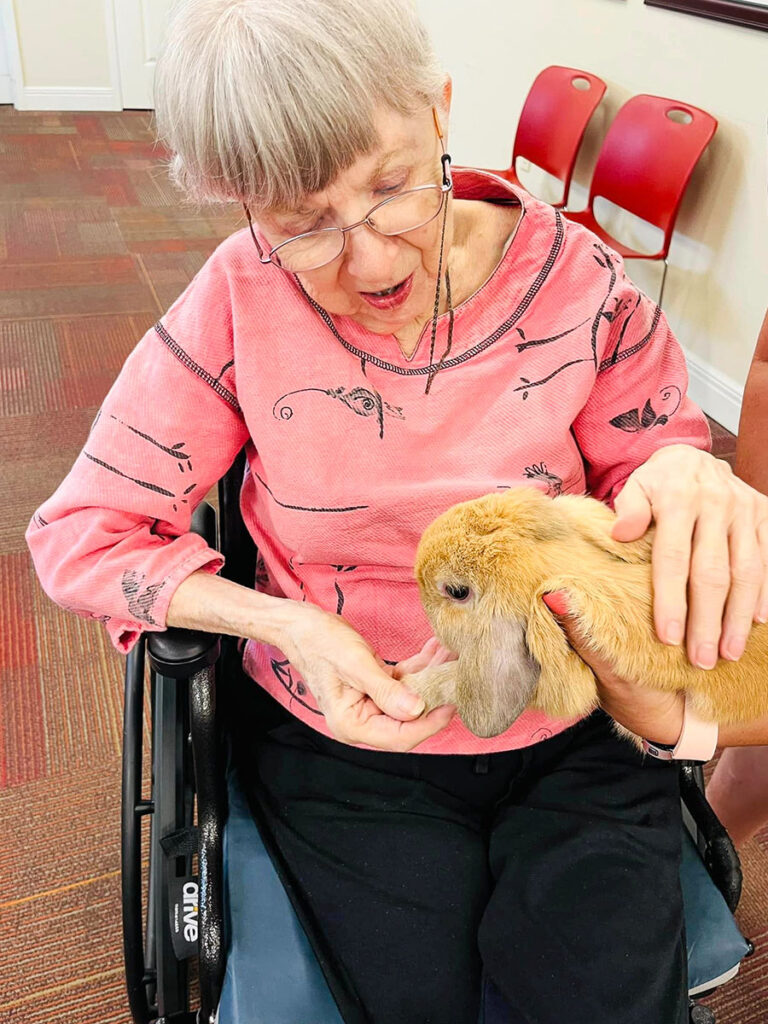
Some strategies to help us adapt to the aging population with more complex and extended chronic care issues include more geriatric training and education. Additionally, providing more support for caregivers is crucial. There should also be an emphasis on preventative care, healthy lifestyle behaviors, and early interventions to promote overall well-being and quality of life. Building strong community-based support networks can help older adults stay connected, engaged, and socially active. This includes senior centers, volunteer programs, intergenerational activities, and housing options designed for older adults.
We can prepare and educate our staff to care for a population with greater needs by establishing a culture of continuous learning and providing ongoing education opportunities for staff. This includes workshops, seminars, webinars, and online courses. We include training modules on managing complex chronic conditions, recognizing age-related changes, and addressing psychosocial aspects of care. Case studies and simulations that reflect real-world scenarios to improve problem-solving skills are also included.
It is more important than ever to take a proactive approach when a change in condition occurs with a resident. To ensure our teams recognize even small changes within residents, we must conduct a thorough initial assessment when residents are admitted. This assessment should include baseline measurements of vital signs, cognitive function, mobility, and activities of daily living. We provide ongoing training and education to staff on recognizing subtle changes in residents’ conditions. These include infection, changes in behavior, alterations in appetite or sleep patterns, and changes in mobility.

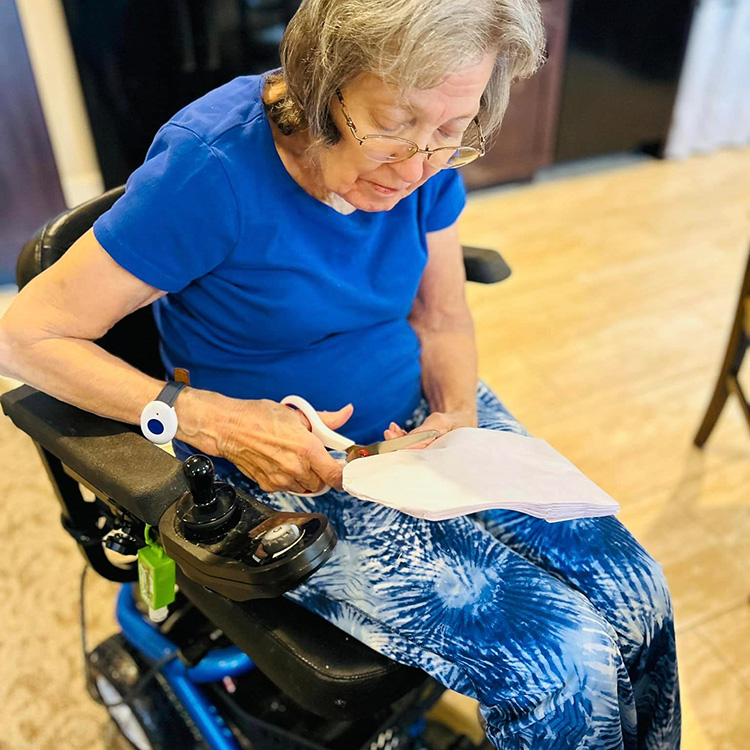
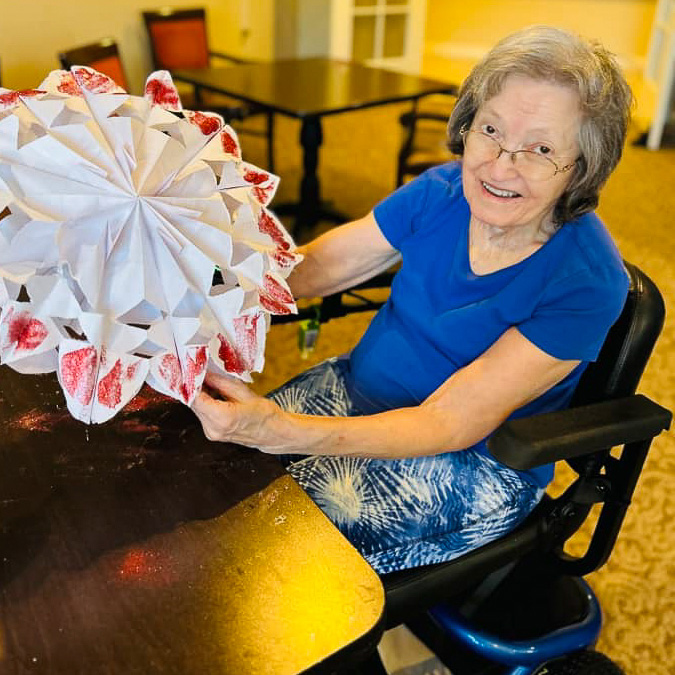
Once a change is identified, the appropriate next step is to assess the resident’s change thoroughly. This includes evaluating vital signs, mental status, and pain level to gather comprehensive information about their condition. We gather information, document findings, and notify the health team and family. We collaborate and initiate appropriate interventions based on findings, initiate new care plans, monitor, follow up, and educate staff if needed.
Caring for a sicker population in an assisted living setting is a challenging issue that requires a multifaceted approach. Aging in place is an important goal for an older adult and should also be a priority of the senior living industry. To meet this goal, we must ensure we can fulfill the needs of our aging residents.
The Castlewood Senior Living in Nixa, MO offers independent senior apartments, assisted living, and memory care with a variety of services and a range of floor plan options. Amenities include restaurant dining, 24-hour bistro, concierge service, housekeeping, events and entertainment, personal care, transportation services, and more. Centrally located near Cox Medical Center South and with convenient access to major shopping centers, including Fremont Hills Country Club, Fountain Plaza, Smallin Civil War Cave, 160 Grand Prix Amusement Center, and the 4 X 4 Brewery-Fremont.
The Castlewood Senior Living serves and employs individuals of all faiths, regardless of race, color, gender, sexual orientation, national origin, age or handicap, except as limited by state and federal law.